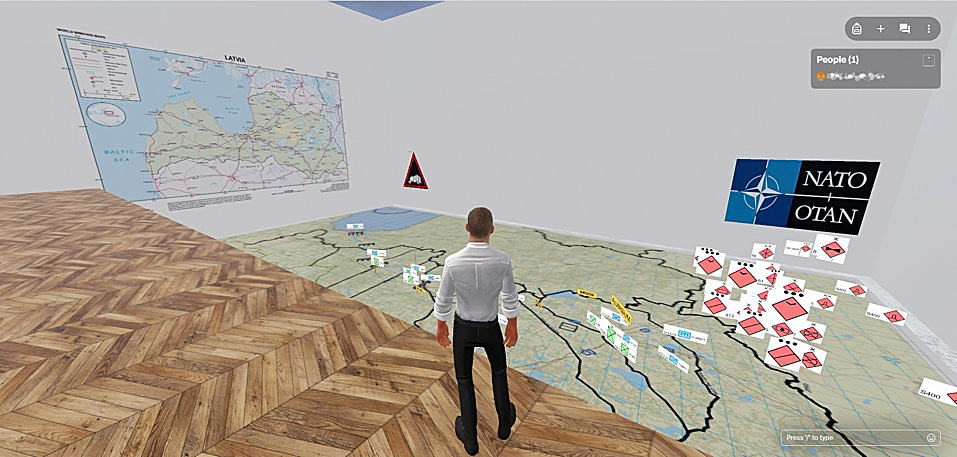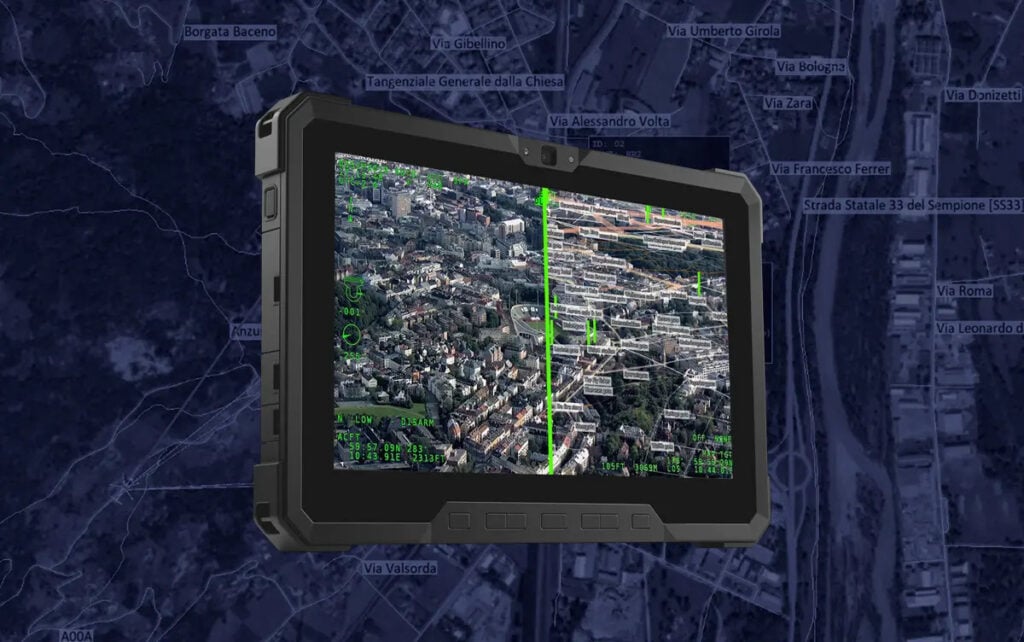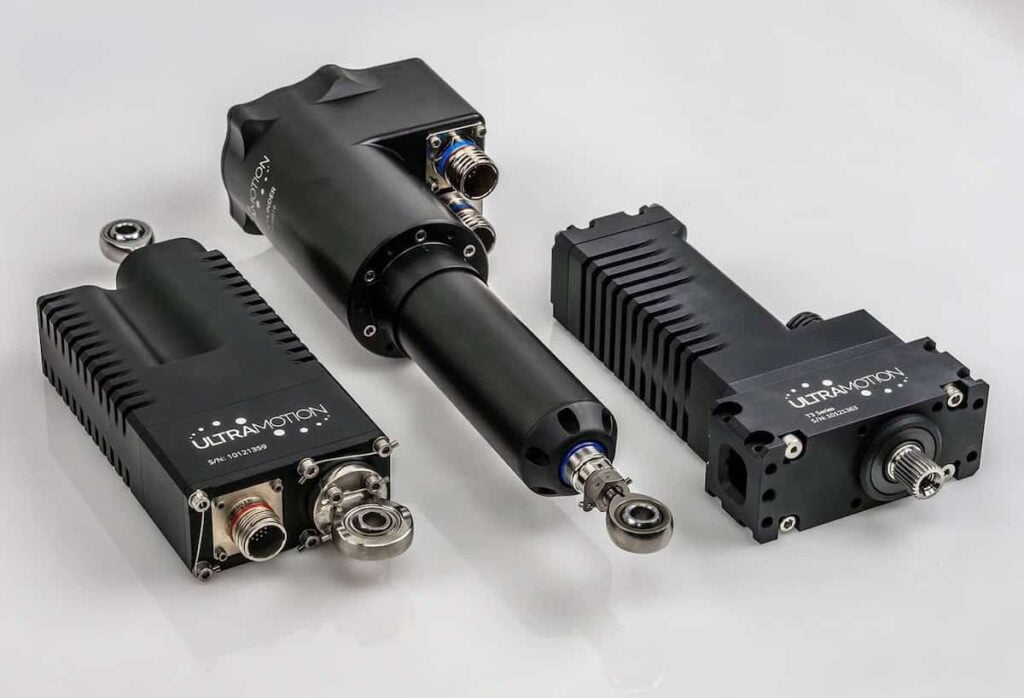
Command and Control Software
Discover cutting-edge solutions from leading global suppliers
The British Army has been experimenting with a new concept of command and control whilst at the same time exercising in order to validate itself to fulfil an all-new NATO role.
In July 2024, 1st (United Kingdom) Division (1 (UK) Div) will take up the reigns as the first two-star command headquarters (HQ) for the land component of the recently formed NATO Allied Reaction Force.
This new force will provide the Supreme Allied Commander Europe (SACEUR) with a strategic reserve held at high readiness able to deploy rapidly across Europe should any adversary wish to go toe to toe.
For two weeks the HQ endured intense testing and evaluation under Exercise Land Warrior to prove to itself and get the British Army’s validation that the Division is operationally deployable.
The HQ became the first divisional HQ to experiment with conducting such a validation exam whilst dispersed across several locations. HQ Main and a supporting element operated at opposite ends of the country with a forward command post, including the General Officer Commanding and Tactical HQ deployed to Riga in Latvia.
Building on lessons learned from previous conflicts, having all senior commanders in one location provides a target which could be taken out with a single strike, be that a missile, air strike or drone. There are also other significant benefits, not least of all the associated environmental impact of transporting so many people unnecessarily.
HQ 1 (UK) Div entered Ex Land Warrior with its Commander, Major General Tom Bateman deployed forward with the tactical command post in Latvia, the area of operation for the purpose of the exercise.
An additional element was sent to Andover in Hampshire to work in conjunction with HQ Field Army’s Land Operations Command. That left the HQ’s main body headed up by the Division’s Deputy Commander, Brigadier General Armel Dirou, an exchange officer from France’s Armée de Terre, operating from its base back in York.
Brigadier General Armel discussed the challenges and complexities of pioneering such a new concept; “Wherever we are located we need to share the exact vision and understanding on what we have to do and what we are doing and facing.
“If this does not happen all the planning processes, we are conducting would be useless, because if we plan and prepare orders that do not match the reality faced on the field by the forward deployed troop, we wouldn’t be able to execute and to allow our subordinate units to achieve their aim.”
It was the cutting-edge technology of augmented reality (AR) that 1 (UK) Div turned to, enabling it to effectively stitch together its dispersed command structure and allow personnel to speak and act as one.
So, what is AR? It is an enhanced, interactive version of a real-world environment achieved through digital visual elements, sounds, and other sensory stimuli via holographic technology. Whereas virtual reality (VR) is a wholly computer-generated artificial environment.
To put it simply, AR supplements a live view with digital enhancements whereas VR is a completely artificial representation.

Troops from all their various locations donned goggles and picked up hand controllers to interact and see in real time the exercise scenario unfold and the effects of decisions made hundreds of miles away take shape.
The augmented reality system used on Ex Land Warrior is very much in its infancy. It is an off-the-shelf commercial product that will need to have the MoD’s cyber security boffins interrogate it and have it accredited to meet the required security aspects ensuring any adversaries cannot enter the room or look in on it by technical means without their presence being known.
It is precisely this type of technological innovation that is driving the ‘How we fight 2026’ model; smaller dispersed headquarter formations stealthily operating in the terrain with a much-reduced electromagnetic spectrum to conceal.
The officer charged with implementing the AR communications plan said; “Using AR has allowed us to be more agile, it has not been without its teething problems, but we have resilience built into the system, with secondary and tertiary communications means at our disposal if needed to call on, albeit far less immersive.”


























